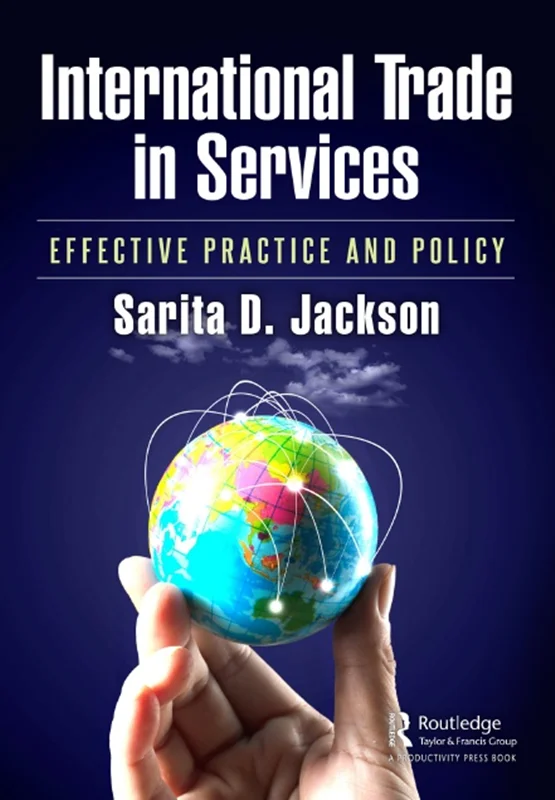International Trade in Services: Effective Practice and Policy
Sarita D. Jackson | 0367462648, 036746330X, 978-0367462642, 978-0367463304, 9780367462642, 9780367463304, B08PC3NMW5
PDF 2021
"In 2012, U.S. and European firms accounted for the highest share of revenue generated by the top international architecture and engineering firms in Africa, at 27 and 31 percent, respectively," according to a U.S. International Trade Commission trade brief. These findings show that the growth of company revenues in an overseas market does not just have to depend on the sale of manufactured products or agricultural commodities. Opportunities also exist for service providers.
International Trade in Services: Effective Practice and Policy addresses a reality that receives minimal attention in the current debate about international trade―how the export and import of services drive a significant portion of international trade. The United States has a US$269 billion surplus in trade in services with the world. On other hand, U.S. trade in goods with the world continues to experience a wide trade deficit of US$946 billion. Nevertheless, U.S. policy response focuses mainly on the manufacturing and agricultural sectors. In addition, as an international trade educator in business schools at different universities, many of the textbooks emphasize the various aspects of importing and exporting goods. Workshops aimed to educate and inform the business community also focus on the trade in goods. Consequently, business students and practitioners miss another important component of international trade that presents opportunities―trade in services.
The book provides a simple, yet thorough, introduction on how to export a service to an overseas market. The book will guide its audience with a step-by-step process on exporting a service from research to strategy to implementation. Furthermore, the book will highlight the opportunities presented by the international-level General Agreement on Trade in Services (GATS) and bilateral and regional-level reciprocal trade agreements. Service providers will be able to use the book as a guide to start the export process successfully with the first step.
Essentially, the book will provide results in the following areas:
•Time saving―The step-by-step process, which highlights various programs, and the list of key resources will save future exporters of a service the time that they would spend trying to just understand another market.
•Frustration reduction―The book’s outline of the formal mechanisms available to service exporters will save them from the frustration that may arise from encountering trade practices, some of which can also be very costly, in different markets that make it difficult to compete against local service providers.
•Money saving―Having substantive knowledge of formal mechanisms and key resources that help to reduce the risks associated with exporting to another market, such as not receiving payment, will help the services-based exporter to use its financial resources more efficiently while reducing its risk of nonpayment.

